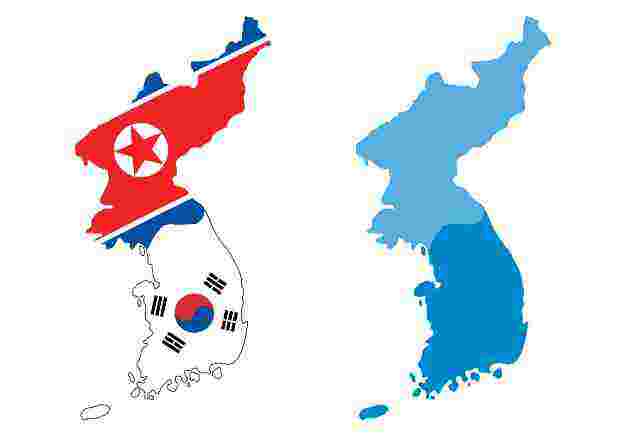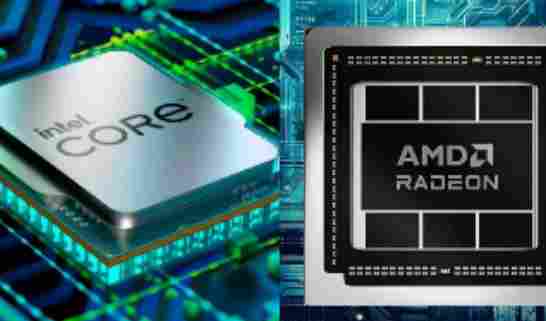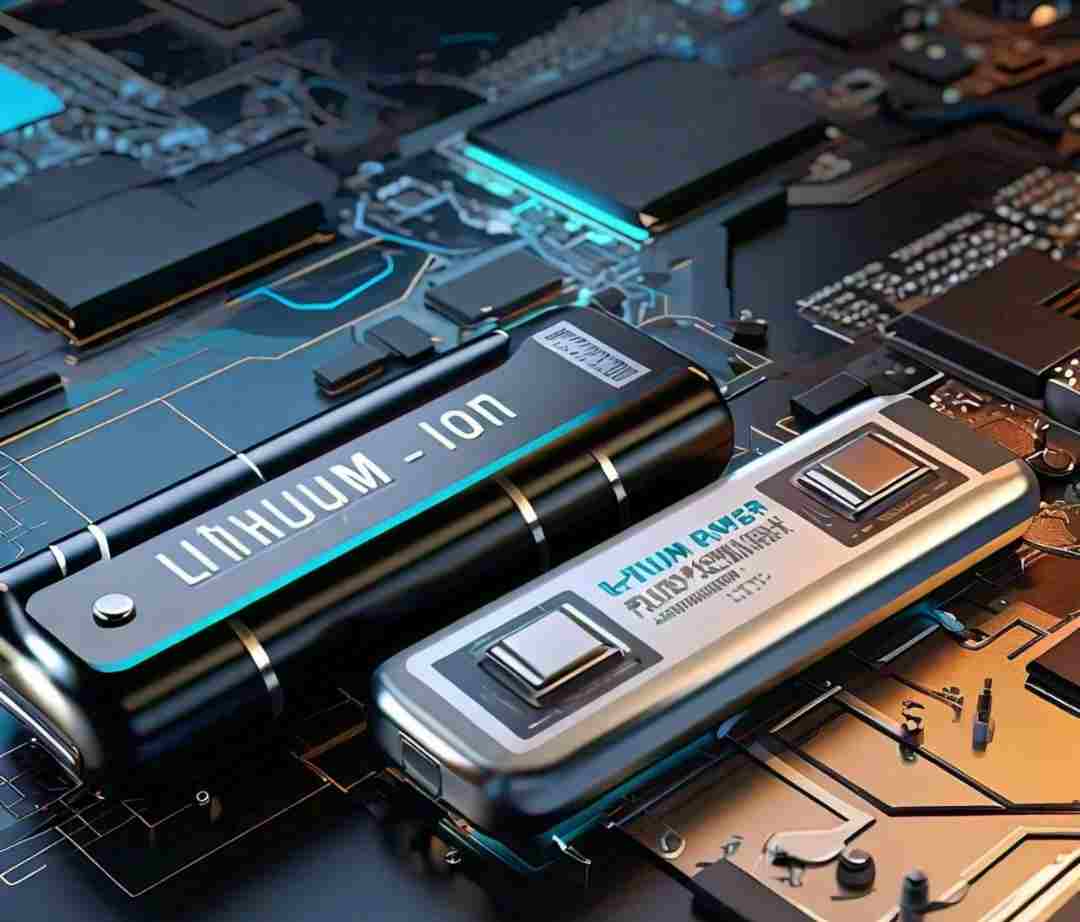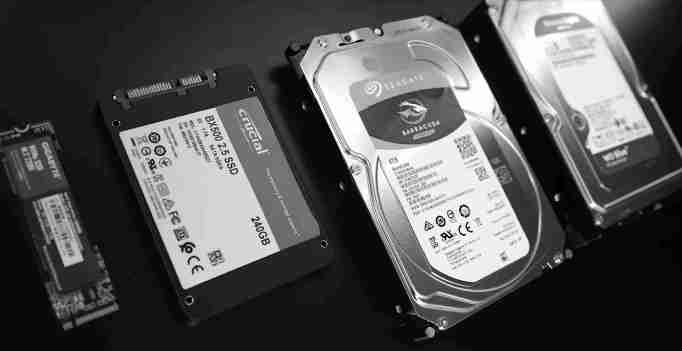The Korean Peninsula, divided along the 38th parallel, houses two nations with starkly contrasting ideologies, economies, and political systems – North Korea and South Korea. This exploration delves into the multifaceted differences between these two nations, offering insights into their histories, cultures, and the complex geopolitical landscape that shapes their destinies.
Historical Divergence
1.1 Korean War and Division
The Korean War (1950-1953) played a pivotal role in shaping the destinies of North and South Korea. The conflict ended with an armistice, not a peace treaty, leaving the peninsula divided. North Korea, backed by the Soviet Union and China, adopted a communist ideology, while South Korea aligned with the democratic principles championed by the United States.
1.2 Ideological and Political Divide
The ideological chasm between the two Koreas extends beyond the wartime division. North Korea, officially known as the Democratic People’s Republic of Korea (DPRK), adheres to Juche, a state ideology emphasizing self-reliance and isolation. In contrast, South Korea, officially the Republic of Korea (ROK), embraces democracy and capitalism.
Political Systems
2.1 Democratic People’s Republic of Korea (North Korea)
North Korea operates as a single-party state led by the ruling Kim family. The country’s political landscape revolves around the Workers’ Party of Korea, with Kim Jong-un as the Supreme Leader. The political system is characterized by centralization of power, strict state control, and limited political freedoms.
2.2 Republic of Korea (South Korea)
South Korea, on the other hand, boasts a vibrant democracy. Governed by a multi-party system, the country holds regular elections, ensuring a peaceful transfer of power. The President of South Korea serves as the head of state and government, with political power distributed among various institutions.
Economic Contrasts
3.1 Economic Models
The economic trajectories of North and South Korea have followed divergent paths. North Korea’s economy relies on a centralized, state-controlled model, emphasizing heavy industry and military spending. In contrast, South Korea embraced capitalism, evolving into one of the world’s major economies, with a strong emphasis on technology, manufacturing, and exports.
3.2 Technological Innovation
South Korea has achieved global recognition for its technological prowess. Home to tech giants like Samsung and LG, the country is a leader in innovation, with a strong emphasis on research and development. In contrast, North Korea’s economy faces isolation and struggles with limited resources, hindering technological advancements.
Cultural Variances
4.1 Cultural Heritage
Korea’s rich cultural heritage is evident on both sides of the border. However, each Korea has taken a unique approach to preserving and promoting its cultural identity. South Korea, with its globally acclaimed entertainment industry, K-pop music, and cinema, has become a cultural phenomenon. In contrast, North Korea’s cultural expression is tightly controlled, with emphasis on state-approved narratives and art forms.
4.2 Language and Communication
While Korean is the common language, variations exist in dialects and vocabulary between North and South Korea. The isolationist policies of North Korea have contributed to linguistic differences, with unique terminologies and expressions not found in the South.
Geopolitical Challenges
5.1 International Relations
North Korea’s pursuit of nuclear weapons and its often confrontational approach to international relations have led to tensions with the global community, including the United States, South Korea, and neighboring countries. In contrast, South Korea emphasizes diplomatic solutions, promoting dialogue and cooperation.
5.2 Demilitarized Zone (DMZ)
The Korean Demilitarized Zone, a heavily fortified buffer zone between North and South Korea, stands as a stark physical representation of the ongoing geopolitical tensions. The DMZ serves as a reminder of the unresolved conflict and the challenges in achieving lasting peace on the peninsula.
Links to Related Information
For further exploration of the complexities surrounding North and South Korea, refer to the following Wikipedia pages:
Conclusion
The division of the Korean Peninsula into North and South Korea is a testament to the enduring impact of history, geopolitics, and ideology. While both nations share a common heritage, their paths have diverged dramatically, creating two distinct entities with unique challenges and opportunities.
As the world watches the dynamic interplay between North and South Korea, the hope for eventual reconciliation and reunification persists. Understanding the differences between these nations goes beyond geopolitical analysis; it involves recognizing the shared humanity and the potential for bridges to be built across the divides that have defined their histories. The complexities of the Korean Peninsula serve as a constant reminder of the delicate balance between global politics and the aspirations for a peaceful, united future.
Contents
- 1 Historical Divergence
- 2 1.1 Korean War and Division
- 3 1.2 Ideological and Political Divide
- 4 Political Systems
- 5 2.1 Democratic People’s Republic of Korea (North Korea)
- 6 2.2 Republic of Korea (South Korea)
- 7 Economic Contrasts
- 8 3.1 Economic Models
- 9 3.2 Technological Innovation
- 10 Cultural Variances
- 11 4.1 Cultural Heritage
- 12 4.2 Language and Communication
- 13 Geopolitical Challenges
- 14 5.1 International Relations
- 15 5.2 Demilitarized Zone (DMZ)
- 16 Links to Related Information
- 17 Conclusion

















